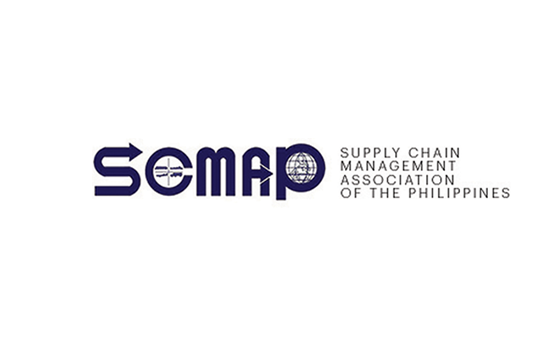With COVID-19 vaccines top of mind in recent weeks, I couldn’t help but think of the potential considerations our national and local governments have in choosing which vaccine to acquire.
As expected, this decision is one of great national interest. How the government handles this vaccine business will determine how fast we can recover from the pandemic, how soon we can resume our normal activities, how well we can take advantage of emerging opportunities in a world that has been turned upside-down by the coronavirus.
The public has been more vocal when it comes to the government’s pronouncements on this front. Inevitably there has been a political component to this process, as some expressed concern over potential corruption in the procurement process at the expense of decisively ending this blight in the country. But for this column, we will look purely at the logistical considerations surrounding the choice of vaccine, hopefully to provide a better understanding of the factors that make this what we described as “a massive supply chain operation” in previous columns.
Where is the vaccine coming from? In theory, the closer the product’s source is to the customer, the lower the price. Most of the vaccines already in play come from Western countries and are manufactured in countries that are several time zones away, which means transport time to our shores will take weeks, if not months. Of course, one can choose to bring the vaccines over by air, but transport costs will be higher.
Another potential consideration is whether the Philippines has trade agreements with the country of origin of the vaccine in question. This could impact the logistics cost, as tariffs may no longer be applied. With no idea whether the government intends to prioritize the import of COVID-19 vaccines to the country, we’ll have to assume that these tariffs are still in play. This is perhaps why the Philippines and other countries in the region are looking towards the Sinovac vaccine: apart from closer proximity to the source, the free trade agreement between China and ASEAN allows for faster facilitation of this product into our ports.
The government’s strategy of building a “portfolio” of vaccines from various manufacturers also ensures that a vaccine is available to as many Filipinos as possible, as soon as possible. One cannot achieve this by relying on one supplier alone, particularly now that the product is in high demand globally. However, care must be made to identify and communicate the differences between the vaccines—say, the Pfizer/BioNTech vaccine and the AstraZeneca one work differently—to those transporting them, administering them, and receiving them.
How do we store the vaccine? As mentioned in previous columns, the Philippines does not have enough cold storage capacity to accommodate the vaccine, or at least large inventories of it. What capacity we do have mostly serves food and agricultural requirements, which are arguably equally important. This likely explains why we could never have a one-time big-time vaccination program, instead waiting for the drugs to arrive in batches and with medical frontliners and vulnerable groups being prioritized for inoculation.
As of this writing, the Food and Drug Administration has granted emergency use authorization for the Pfizer vaccine, meaning this can now be (legally) administered to Filipinos. But this vaccine requires ultra-cold storage at temperatures of around -70 degrees Celsius. This needs specialized storage equipment, which our existing capacity does not have. This could also explain why several local governments have chosen to procure the AstraZeneca vaccine, which can be stored and transported in refrigerated temperatures of roughly between 2 and 8 degrees Celsius, as this means the facilities to store the vaccine are already available. (In contrast, the Pfizer vaccine will only last for 24 hours when stored in refrigerated temperatures.)
How do we transport the vaccine? The storage temperature of available COVID-19 vaccines also determines how the government transports the drugs to far-flung areas. When over 7,000 islands are involved—not all of them connected to robust transport networks—any delays in distribution could lead to expired vaccines and wasted money. The choice of vaccine may go some way in determining the best means of distributing these drugs without much impact on their efficacy.
Of course, available capacity and capability—equipment such as refrigerated trucks and storage cabinets, as well as the readiness of people tasked to handle the product, from the ports to the communities—also come into play. Anybody in logistics will tell you that the cost of expanding capacity is high—and there’s no telling if this capacity will be fully utilized after the vaccine is distributed—so it’s impractical for the government to suddenly enter into cold storage logistics. But come to think of it, this approach is worth considering, as it can help build resilience in disaster-prone communities. The recently launched industry roadmap for the cold chain sector should address some of these concerns in the long term.
Finally, it goes without saying that any decision on the vaccine should be based on science, and not on personal or ideological considerations. Also, I must reiterate that the government should be transparent about how it has procured the vaccine, as well as any services it might avail in distributing it. You can’t just deny rumors that some pockets are being stuffed behind the scenes—that undermines the trust that needs to be fostered in the coming months, trust that ensures that everybody gets vaccinated, that everyone does recover from this pandemic, that everyone bounces back stronger.
Henrik Batallones is the marketing and communications director of SCMAP, and editor-in-chief of its official publication, Supply Chain Philippines. More information about SCMAP is available at scmap.org.





